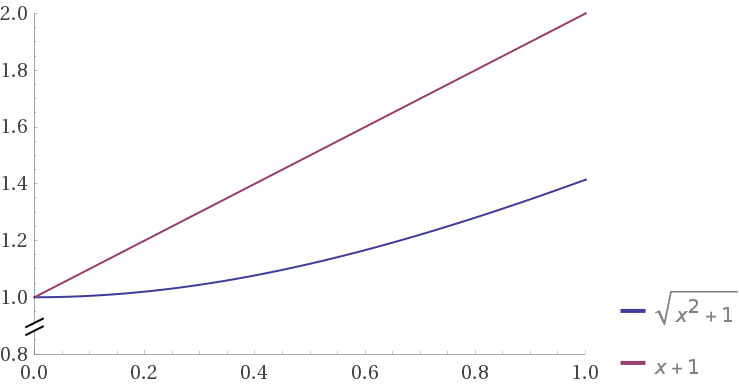Difference between revisions of "Thread:Talk:DrussGT/Understanding DrussGT/Reason behind using Manhattan distance/reply (5)"
Jump to navigation
Jump to search
m (Reply to Reason behind using Manhattan distance) |
m |
||
| (2 intermediate revisions by the same user not shown) | |||
| Line 2: | Line 2: | ||
And about noice | And about noice | ||
| + | |||
[[File:IMG 5655.GIF]] | [[File:IMG 5655.GIF]] | ||
| − | euclidean seems to be even | + | euclidean seems to be even more tolerant when noice has less energy than the main dimensions. |
| + | |||
| + | So manhattan seems to be more "elite-oriented", dropping points with offsets in another dimension more aggressively. | ||
| + | |||
| + | Anyway, according to https://datascience.stackexchange.com/questions/20075/when-would-one-use-manhattan-distance-as-opposite-to-euclidean-distance | ||
| + | <blockquote>Manhattan distance (L1 norm) may be preferable to Euclidean distance (L2 norm) for the case of high dimensional data:</blockquote> | ||
Latest revision as of 03:27, 28 August 2018
Squaring does not affect the order of nearest points, then with knn the same data points should be chosen.
And about noice
euclidean seems to be even more tolerant when noice has less energy than the main dimensions.
So manhattan seems to be more "elite-oriented", dropping points with offsets in another dimension more aggressively.
Anyway, according to https://datascience.stackexchange.com/questions/20075/when-would-one-use-manhattan-distance-as-opposite-to-euclidean-distance
Manhattan distance (L1 norm) may be preferable to Euclidean distance (L2 norm) for the case of high dimensional data:
